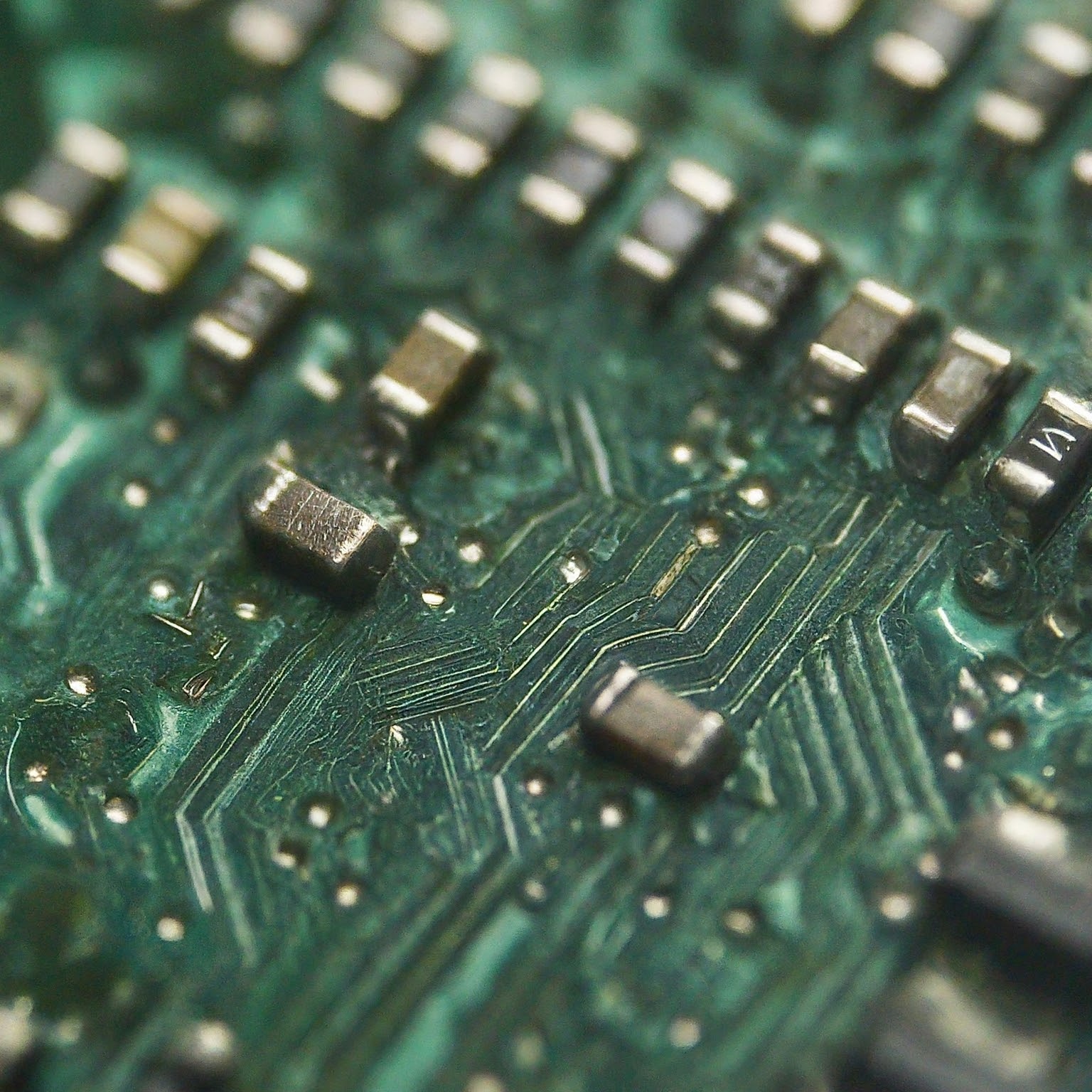Our world is powered by a silent revolution – a miniaturization marvel known as microelectronics. From the sleek smartphones in our pockets to the powerful computers on our desks, these tiny titans are the invisible engines driving modern technology. Science Simplified: What Is Microelectronics? This guide unravels the mysteries of this fascinating field, exploring its components, applications, and the incredible impact it has on our lives.
Demystifying the Microscopic: The Building Blocks of Microelectronics
Imagine a world where entire circuits, containing millions of microscopic switches, can fit on the tip of your finger. That’s the magic of microelectronics. This branch of electronics focuses on the design and fabrication of these miniature electronic components, forming the foundation of modern technology.
The key players in the world of microelectronics are:
- Transistors: These are the fundamental building blocks, acting like electronic switches that control the flow of current. Think of them as tiny gates that regulate the flow of electricity within a circuit.
- Integrated Circuits (ICs): Also known as microchips, these are the masterminds behind modern devices. They combine millions of transistors and other electronic components onto a single silicon wafer, creating complex circuits capable of performing sophisticated tasks.
The miniaturization of these components has revolutionized technology. Microelectronics have made devices smaller, faster, more powerful, and more affordable. They’ve transformed everything from our daily interactions to space exploration, shaping the world we live in today.
The Mighty Microchip: Powering Our Everyday Lives
Microchips are the invisible engines powering countless devices we use daily. Here are some examples of how microelectronics are integrated into our lives:
- Computers: The central processing unit (CPU) and graphics processing unit (GPU) in your computer rely on microchips for their processing power, allowing you to work, play, and create.
- Smartphones: From making calls to sending messages and browsing the internet, the functionality of your smartphone is powered by a complex network of microchips working in perfect harmony.
- Medical Devices: Pacemakers, hearing aids, and other medical equipment utilize microchips for precise operation, monitoring vital signs and delivering life-saving treatments.
- Automobiles: Modern cars are equipped with microchips for engine management, safety features like airbags and anti-lock braking systems, and even entertainment systems for a smoother ride.
These are just a few examples, and the applications of microelectronics are vast and ever-expanding. These tiny wonders are constantly evolving, pushing the boundaries of technology and shaping the future of innovation.
A Glimpse into the Future: Where Microelectronics Are Headed
The field of microelectronics is a dynamic one, constantly evolving to meet the demands of the future. Here are some exciting trends to watch for:
- Further Miniaturization: Engineers are constantly striving to shrink the size of microchips, leading to even more powerful and compact devices. Imagine a world with foldable phones or ultra-thin laptops – all made possible by advancements in microelectronics.
- Advanced Materials: New materials with superior properties like increased conductivity or heat resistance are being explored to enhance microchip performance and functionality. These advancements will pave the way for even faster and more efficient devices.
- Artificial Intelligence Integration: Microchips are being designed to incorporate artificial intelligence capabilities, enabling smarter and more autonomous devices. Imagine a future with self-driving cars or intelligent assistants, all powered by AI-integrated microchips.
Science Simplified: What Is Microelectronics? This article has provided a glimpse into the fascinating world of these miniature marvels. The next time you use a technological marvel, remember the tiny microelectronic wonders working tirelessly within, making it all possible. These invisible engines are shaping the future, driving innovation, and making our world a more connected and technologically advanced place.

Thank you, I’ve just been looking for information about this subject for ages and yours is the best I’ve discovered till now. But, what about the conclusion? Are you sure about the source?